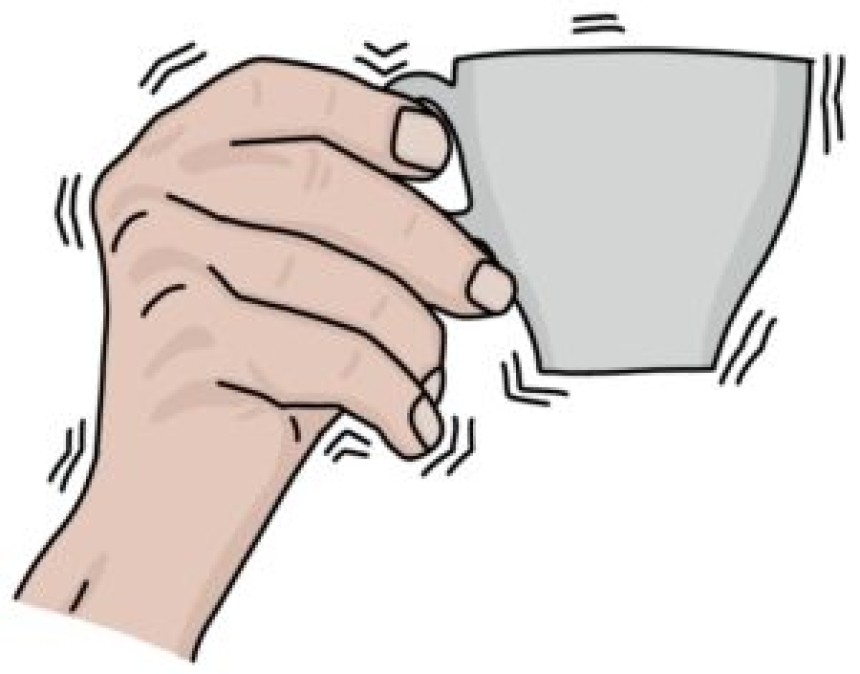
Exertional Headache
This article provides a detailed overview of headaches induced by physical exercise, exploring both primary and secondary forms. It discusses the clinical features, diagnostic procedures, and treatment options for exercise-induced headaches. The article highlights the importance of differentiating these headaches from other serious conditions through imaging and emphasizes prophylactic treatment strategies.
Introduction to Exercise-Induced Headaches
Headache provoked by exercise is a condition that can manifest as either a primary or secondary headache, with various underlying abnormalities such as traumatic injury and intracranial hemorrhage. Characterized by pulsatile headaches triggered or exacerbated by physical exercise, these headaches are more likely to occur in hot weather or at high altitudes.
Diagnostic Procedures
Patients often require brain MRI and MRA, or CT and CTA, to exclude vascular abnormalities or structural causes like subarachnoid hemorrhage or cerebral arterial dissection. Treatment primarily focuses on prophylaxis when exercise is predictable. Indomethacin is the preferred medication, with alternatives including propranolol, naproxen, or phenelzine.
References
- ooke ED. Benign exertional headache. Med Clin North Am 1968; 52:801.
- Raskin NH. The indomethacin-responsive syndromes. In: Headache, 2nd ed. New York: Churchill Livingstone, 1988. p.255.
- Cutrer FM, Huerter K. Exertional headache and coronary ischemia. Headache 2006; 46:165.
- Diamond S. Prolonged benign exertional headache: response to indomethacin. Headache 1982; 22:96.
- Halker RB, Vargas BB. Primary exertional headache: updates in the literature. Curr Pain Headache Rep 2013; 17:337.





